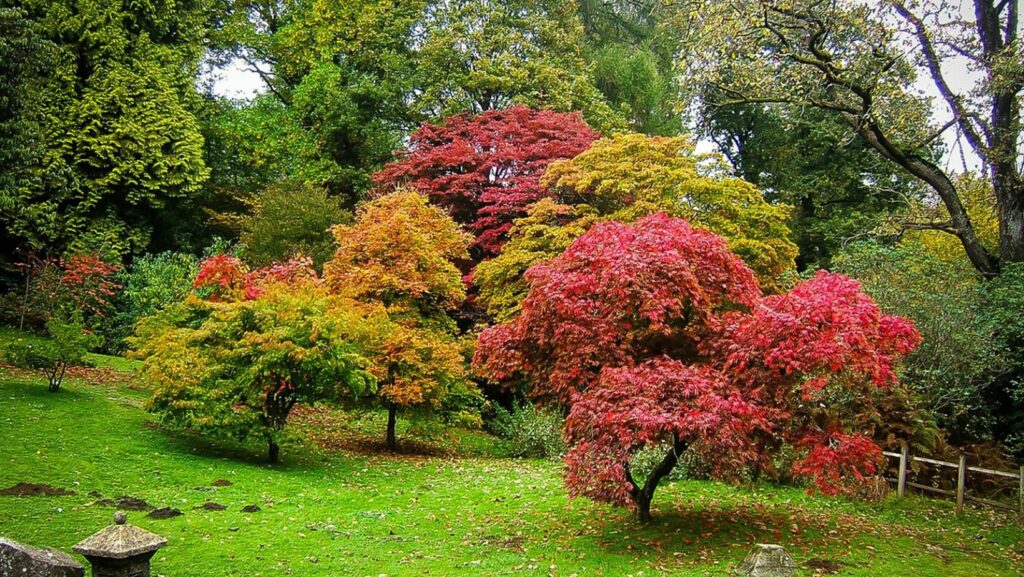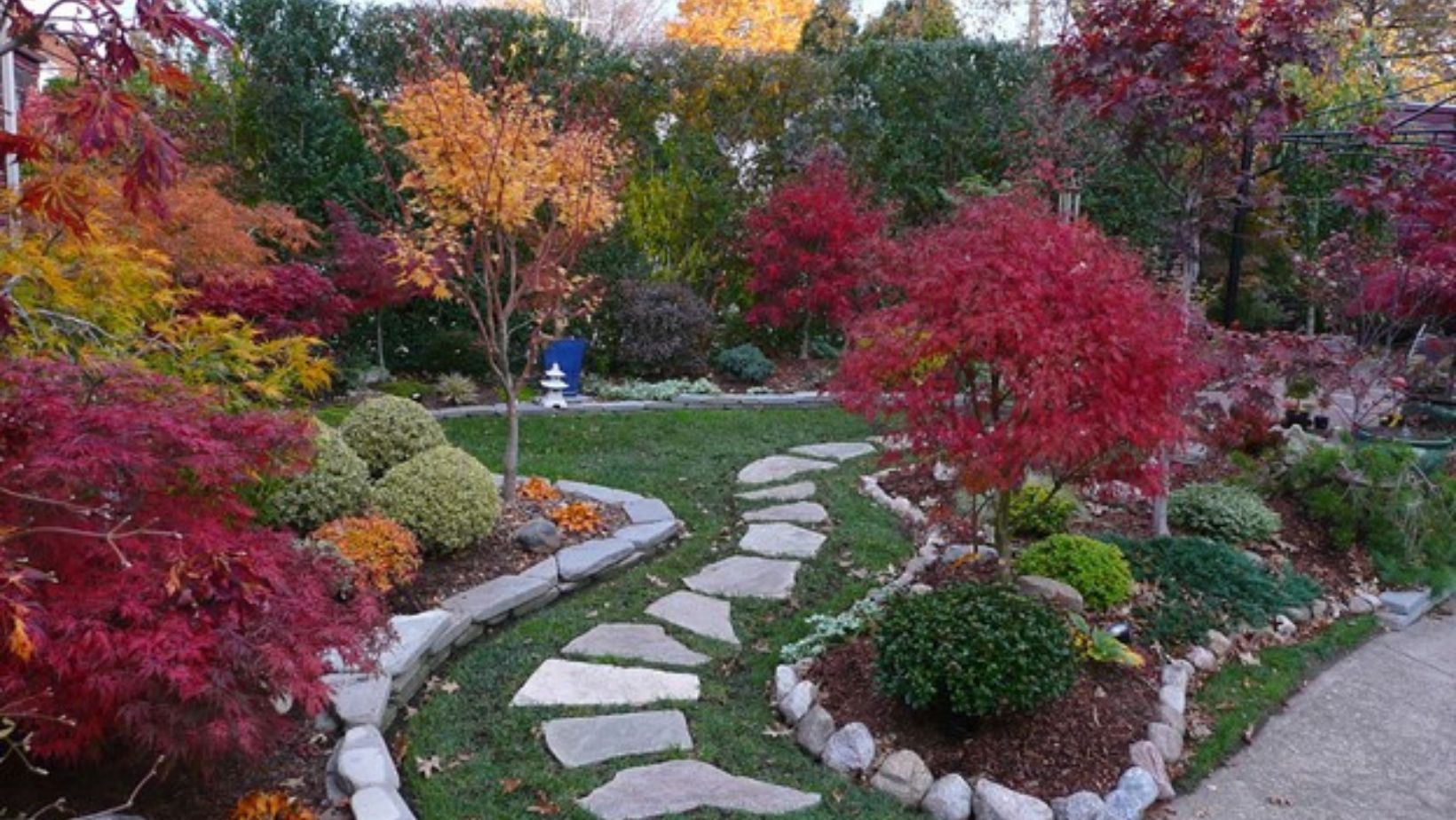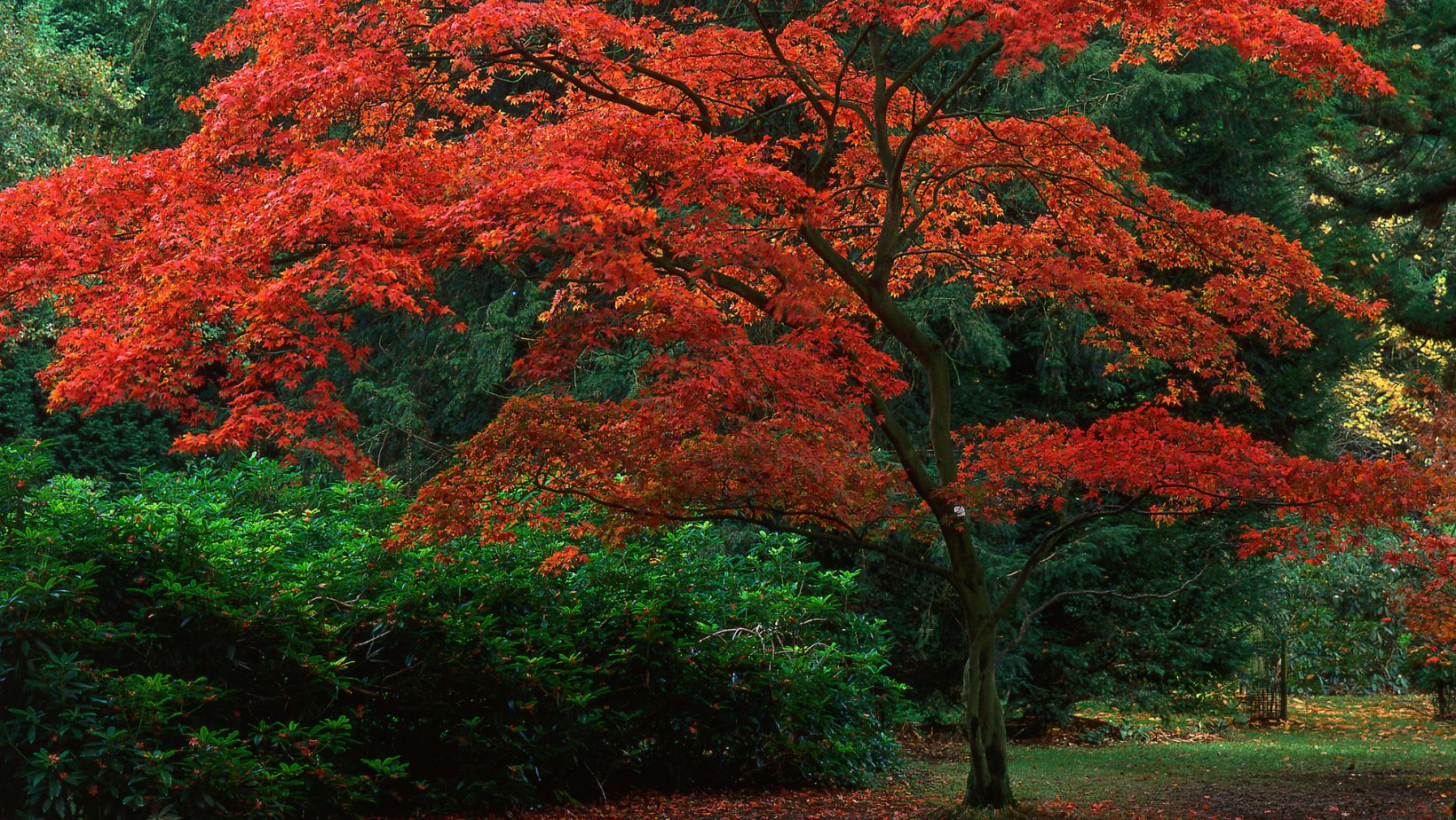Tips on Growing Japanese Maple

Tropical plants in your garden are a real breeze of exotic areas and atmosphere. You might think of them as too demanding, but on the contrary, some of these species are easy to grow. Japanese maple (Acer palmatum) is one of those trees worth cultivating in gardens and landscapes.
On the following source, find some interesting information about this beautiful tree:
https://allabout-japan.com/en/article/479/
Japanese maple trees come from the Far East and have fascinated gardeners all around the globe with lush looks. Just admire their red leaves or the weeping structure of their fallen branches. Because of its delicate foliage and colorful leaves, the Japanese maple is one of the most popular tropical plants among gardeners.
But if you want this amazing plant to grow and be the beautiful focal point of your garden, it needs appropriate attention and care. This article will discuss the essential tips and tricks of growing the Japanese maple tree, helping you assist this wonderful species to flourish.
Choosing the Right Variety
First of all, it’s good to know that this petite tree comes in a variety of types. It means you have to choose the one that would fit in your garden and its conditions best. You have to consider its size, color, maintenance requirements, growth habits, and how all that suits your landscape.
Currently, the most popular types are Bloodgood, Sango Kaku, and Crimson Queen. The first one has dark red foliage and robust nature, which leads to the successful plantation in most gardens. On the other hand, the neat, greyish-brown bark of Sango Kaku is eye-catching even during winter, when it preserves its vibrant leaf colors.
Think of the amount of direct sunlight, shade, and moisture in your garden. Some species prefer shady places and humidity, while others enjoy direct heat and light. These types differ in growing requirements, so make sure to learn more about them before the final choice of greenery for your garden.
Ideal Growing Conditions
Good care for your Japanese maple is essential to ensure it grows healthily and beautifully. These trees can withstand various climate conditions but can’t fight harsh weather conditions. So you can grow them in places where it’s not too cold or dry.

In the case of choosing the best growth conditions for the Japanese maple, the balance is a game-changer. With the appropriate climate, well-prepared soil, and the right amount of light, you’ll attain a beautiful and healthy structure for your Japanese maple and the entire garden. More tips on gardening for beginners are on this web page.
Proper Planting
Proper planting is a must for any plant. As for the Japanese maple, following the right planting procedure will ensure it grows when it should and blooms at the right time. The good thing about this tree is that you can plant it at any time of the year. Still, it’s best to do so during spring or late autumn to allow the tree to spur a root before harsh weather.

Make sure the root should be leveled with the ground to prevent waterlogging. Once the Japanese maple is in the ground, water it well. To prevent drying, put a layer of mulch around the base to retain moisture and regulate soil temperature.
Watering and Feeding
Proper watering and feeding are crucial for the healthy growth of any plant, so your Japanese maple isn’t an exception. At first, the right amount of water is essential to establish a strong root system. So, aim to keep the soil consistently moist but not flooded.
During hot, dry periods, increase Japanese Maple care and watering to prevent stress. As your tree matures, it will become more drought-tolerant, but occasional watering is still desirable.
Feeding your Japanese maple with the right fertilizer will support its growth and vibrant foliage. Use a balanced, slow-release fertilizer in early spring as soon as new sprouts pop up. Avoid high-nitrogen products since they promote excessive leaf growth and endanger the tree’s overall health.
Anyone with a gardening passion is probably familiar with the Japanese Maple. If you decide to add this lush tree to your outdoor area, you’ll enjoy its many benefits but only if well-nurtured. So pay a lot of attention to choosing the right species for your garden and take good care of them.

 Thinking About Your Future? Here’s a Creative Way to Get Ahead
Thinking About Your Future? Here’s a Creative Way to Get Ahead  Retirement Budgeting: How to Make Your Money Work For You
Retirement Budgeting: How to Make Your Money Work For You  Shower Tray Myths Debunked: What You Really Need to Know
Shower Tray Myths Debunked: What You Really Need to Know